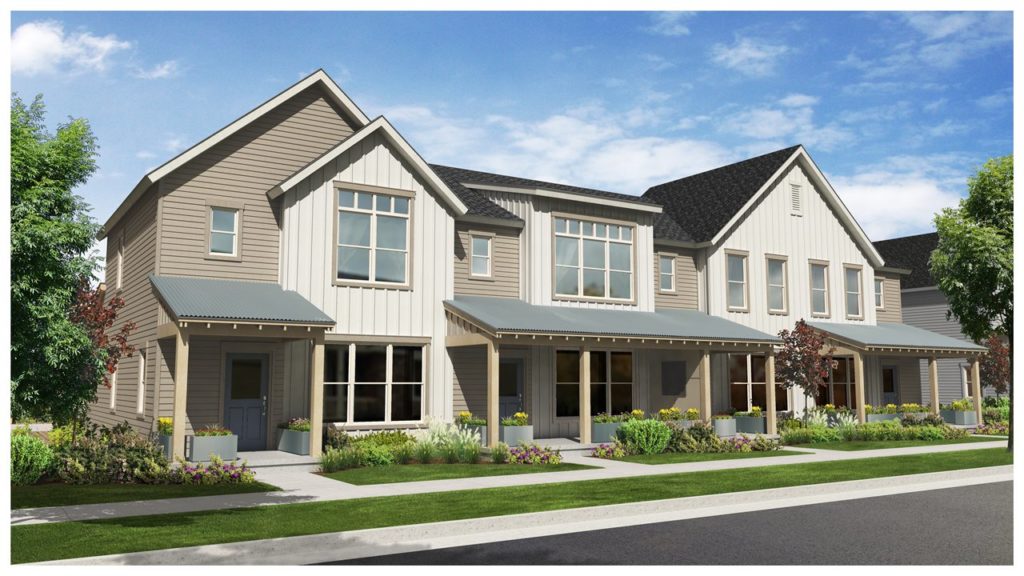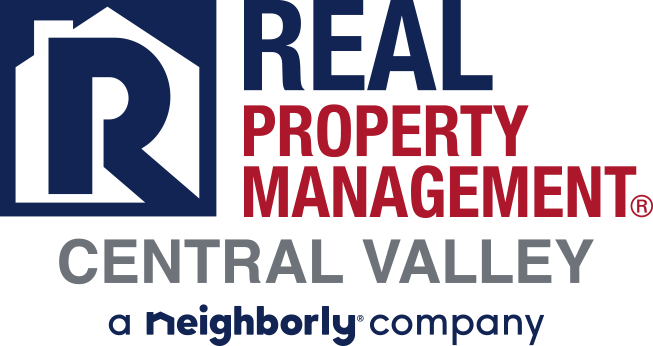What Makes A Rental Property Uninhabitable?

Are you searching for more information on what makes a rental property habitable? If so, you’ve come to the right place.
There’s no denying that in the 2020’s, more tenants are wondering if their properties are habitable than ever before. This is largely due to the fact that owners have had it rough in recent years and are earning less money during the pandemic.
With owners earning less money per property, this means that they have fewer money for making repairs and improvements to properties.
If your rental property feels like it may not meet the standards of habitability, this article will provide you with tips that you can use to know if your property can be classified as being habitable or uninhabitable.
Here’s To Know How It’s Habitable
Does your rental property have the basics like heating, electricity, water, sewage and gas? If so, these amenities alone enable a property to be classified as being a habitable rental property.
Besides covering the basics, many landlords also include other amenities with their properties like refrigerators, stoves and washer / dryer combos because these amenities improve the marketability of a property and offer tenants more value as well.
When A Rental Property Is Not Habitable
Now for the fun part, a rental property is considered to be uninhabitable if it was built using chemicals or materials (asbestos) that may be considered to be hazardous according to today’s building standards.
Let’s say that your rental property was not built using asbestos, or other toxic chemicals, another clear indication that that property may be considered to be uninhabitable is if it has structural or foundational issues.
Mold, Mildew, and Water Leaks
Not all water leaks amount to a “major issue” or immediately make a property uninhabitable. The scope, severity, and actions, or lack thereof, taken by the property owner come into play here. A roof leak caused by a recent rainstorm that your landlord resolves quickly with the help of a professional roofer is very different from a persistent leaking pipe that your landlord does nothing about, even after written notice.
Mold and mildew growth are the typical byproduct of unresolved water leaks or flooding in a property. This is more than just a nuisance: many forms of mold and mildew can be dangerous for humans and animals to be around. This falls into the category of environmental hazards, which can also include exposure to lead paint dust (common in older properties) or asbestos insulation.
In most jurisdictions, landlords have an obligation to address such issues promptly and may be required by local or state codes to take other steps such as putting the tenant in alternative housing until the hazard is resolved. Lead and asbestos are also subject to U.S. federal law, which requires property owners to warn you about known lead or asbestos problems before signing the lease. Check your lease paperwork to see if there are any details about either.
Contact RPM Central Valley
At RPM Central Valley, we specialize in local Property Management that will save you the time, money and hassle of managing your properties yourself.
To learn more about the services that we can offer you, contact us today by calling (209) 572-2222 or click here.

